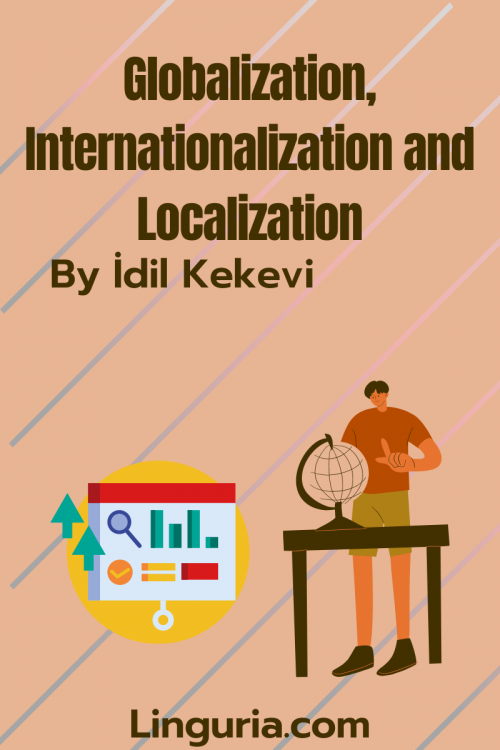Translation is not the same as it was. With the translation studies thriving, it evolved into something that proceeds more systematically and digitally. On the other hand, now, this system is an industry that responds to demands of the other systems. Purpose or purposes of the author, type of the audience and the nature of the message are the factors that change according to the systems. For example, implementation of these three factors for the marketing field is crucial. So, if we’re working in the marketing field, we should consider a wide range of audience -it has to be for a big-tent population- and primarily we should consider the essence of the message and the purpose which are pulling customers, consumers in most cases. When we need to get to know the audience, the safest way to do so is by getting to know their culture. The concept of culture refers to everything about the life experiences of any society. Of course, there has to be a link between consumer tendency and that.
It wouldn’t be wrong to say, promoting and especially adapting the marketing material in accordance with the culture depends on translators’ creativity. Walter Landor once said “Products are produced in the factory, but brands are produced in the minds of the consumer”. People from different cultures are attracted by the same product from international companies; therefore, dynamizing the expression and products depends on the effective translation. Mentioned before, translators’ creativity requires something slightly different than translation which is transcreation.
Before explaining what transcreation is, we should ask this question: Is implementing the culture into marketing material only and solely the job of the translator? In fact, not every international company has their own translation department, they usually outsource translations. Consequently, they either choose a company in the translation industry or a private team (such as freelancers) to get it done. According to research based on an industry survey by Nimdzi, 100 companies reported a strong finish to the year and some even experienced record growth in 2020. These reports are backed up by data collected via their survey and financial records of publicly traded companies which show that, even in 2020, the language services industry as a whole once again grew (Nimdzi, 2021). It indicates that industry is rapidly growing and with the pandemic, international companies use their right of choice for the companies in the translation industry. And, the process is not merely translating since there is creativity in it.
The effort to translate both language and culture is transcreation and with the aid of all the things mentioned above, it is exactly what marketing translators seek to do. Work can be attributed to a project group or an individual. All things considered, workflow must include researching about the brand personality, the market, the target culture and audience, and making decisions in accordance and adapting.
Translation studies, methods and theories developed and modified into nowadays. There are actually three strategies -especially for the marketing field- globalization, internationalization and localization, and in the language industry they are abbreviated as GILT. Let’s take a look at what they are about.
Globalization is a method used in bigger companies and it is beneficial for the workflow and identifiability of the brand. The most renowned example of globalization is Nike: it is well-known in the global world; therefore, their slogan “Just do it” is global. But you should keep in mind that going global is more than being an international company, it takes much more recognition. So, when you are not in that league, trying globalization methods may not refer to something in people’s mind. On the other hand, it is useful for the sustainability of brand recognition.
When it comes to internationalization, it is one step before localization. Internationalization is making your content adaptable to other markets. It is related to more technical subjects but makes it easier for the localization.
Localization is done by modifying the material in accordance with the target audience. It is different from translation since it involves target culture, like translating with the aim of reaching the point where someone questions if it is written by a local.
All concepts might seem different from each other, in fact they are, but they are operable together. Actually, operating them together as much as possible is a need in the industry, but how?
1. First of all, even though you are doing a visual commercial, the first thing you need is a text. You cannot promote a product without words. Words are supposed to be adaptable and catchy, and they should make someone feel like they are close or connected to the product. If the company in this case is a global one, it needs to preserve brand personality while being foresighted.
2. The next thing is, visual support can be internationalized because it should be adaptable to all nations with slightest changes and also, it must be understandable by all.
3. Lastly, companies should consider local responses beforehand. Especially, global companies may have to localize not just the words but even their products for some specific countries.
After all, wholesome content in industry is the one consumer-friendly that goes hand in a hand with all these concepts. But the thing that most matters to us translators is localization. No matter which company you work with, localization is applicable.







Thanks for sharing. You summarized very nicely :) 💯